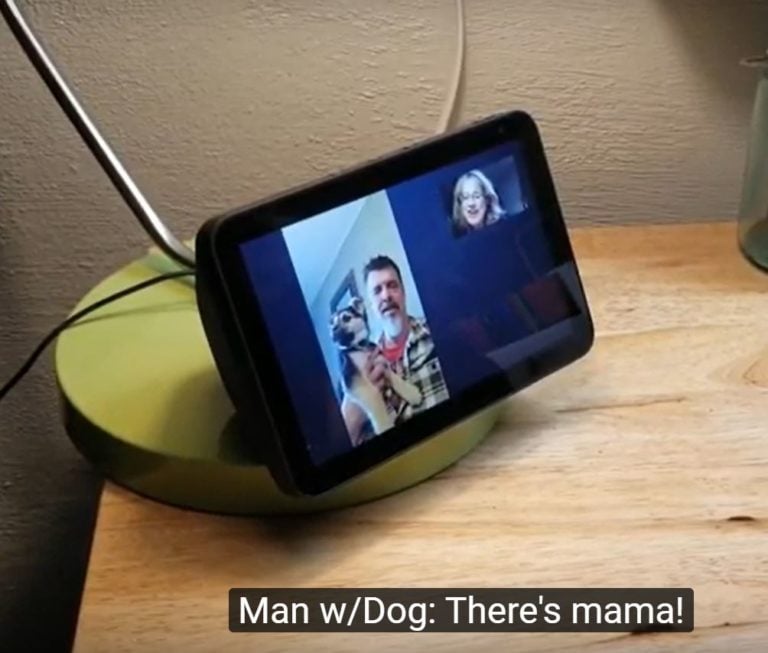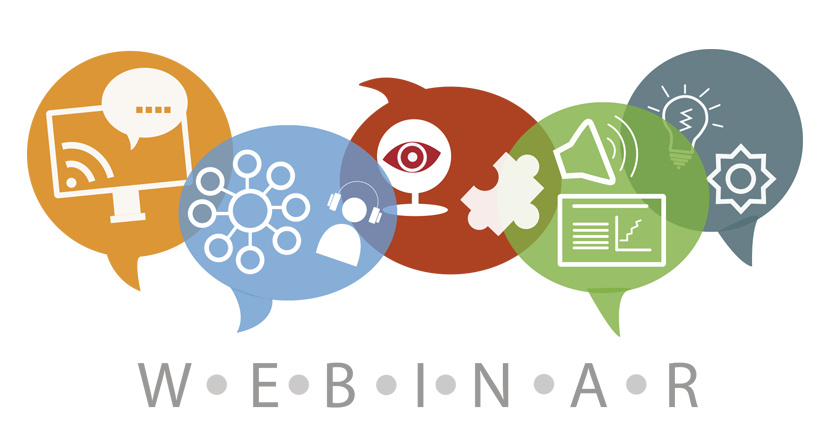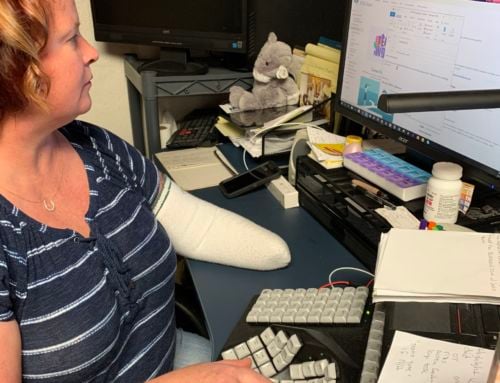How to Prepare for a Routine Telehealth Visit

Thank you, ATAP’s Kim Moccia and AT3 Center’s Amy Goldman for these tips for a successful remote doctor’s visit during social distancing.
We’re all talking a lot about how to avoid contracting COVID-19. Yet it seems like we’re talking very little about how to keep up with routine medical care. What we know, however, is that before the new coronavirus, people still went to the doctor!
In order to practice social distancing and stay safe, many medical practices are conducting routine care via “telehealth.” Telehealth is the use of communications technology to provide medical care and monitoring and often includes real-time live video conferencing.
For many of us, telehealth is a new experience. Here are tips to consider for making your virtual telehealth visit successful:
Prior to Your Appointment
Register for access
- If your health care provider is part of a health system with an electronic records portal, register for access. Remember to keep your password in a safe place!
Prepare your communications technology
- Find out what kind of technology will be used to conduct the visit and make sure you have it available. If your healthcare provider wants to use videoconferencing, but you don’t have a smartphone or a webcam on your computer, let them know you can only use (or that you prefer to use) the telephone.
- If there’s an app used for the telehealth visit, be sure to install it on the smartphone, tablet, or laptop you will use. Ask for written instructions for installing and using the app. Consider asking for a test run to practice using the app with your health provider’s office. If there will be a third party, make sure they have the app, as well.
- Consider purchasing or making a stand or holder for the phone or tablet, especially if the visit may take more than just a few minutes. It is challenging to talk, hold the phone steady (e.g. for video), concentrate, and take notes at the same time.
- Make sure your telecommunications device is charged or connected to a power source, so you won’t lose your connection in the middle of your visit.
Prepare your environment
- Prepare your location for the time of your appointment so you won’t have distractions (from children or pets, for example) and excess noise.
Test your audio
- Make sure you can hear well (e.g. via the phone, laptop, or tablet audio), as important information will be transmitted.
- If you usually have difficulty hearing over the phone, you may want to explore ways to improve the telephone experience (e.g. through an amplified or captioned phone). Your state Assistive Technology Act program can help you explore these options.
Prepare your assistive technology
- If you already use assistive technology for telecommunications, have it handy and “ready to go” for the visit. This includes making sure you have fresh hearing aid batteries and your hearing aid is set to the correct setting.
- If you use augmentative and alternative communication (AAC) technology, you may want to pre-program messages pertinent to specific questions you’d like to ask your healthcare provider. You may also want to ask your provider, in advance, what they will be asking you, so you can prepare your responses. This could save considerable time during your telehealth visit.
Enlist your support person
- If you usually have a friend or family member accompany you to in-person visits, arrange in advance for that person to participate in the telehealth visit.
During the Appointment
Consider reception
- If you are using a mobile phone, take the call from an area in your home with the best reception.
Ask if you need information repeated
- Let your provider know if you are having difficulty hearing. Remind them to speak slowly and clearly, free from background noise.
- Tell your provider if something was said that you do not understand.
Ask for visit notes
- In particular, be sure to ask for any follow-up actions or appointments.
- Ask that notes be sent to you in your preferred format or by your preferred method (e.g. via the health portal; US Mail; text message or email).
After the Appointment
- Let your provider know your overall level of satisfaction with the visit, and what can be improved!
Monthly Blog Digest
Search the blog
State AT Program Blogs
California
Florida
Indiana
Kentucky
Louisiana
Maryland
Massachusetts
Michigan
Montana
North Carolina
North Dakota
Utah
State AT Program Blogs
The AT3 Center, the Association of AT Act Programs (ATAP), and the Administration on Community Living (ACL) make no endorsement, representation, or warranty expressed or implied for any product, device, or information set forth in this blog. The AT3 Center, ATAP, and ACL have not examined, reviewed, or tested any product or device hereto referred.








